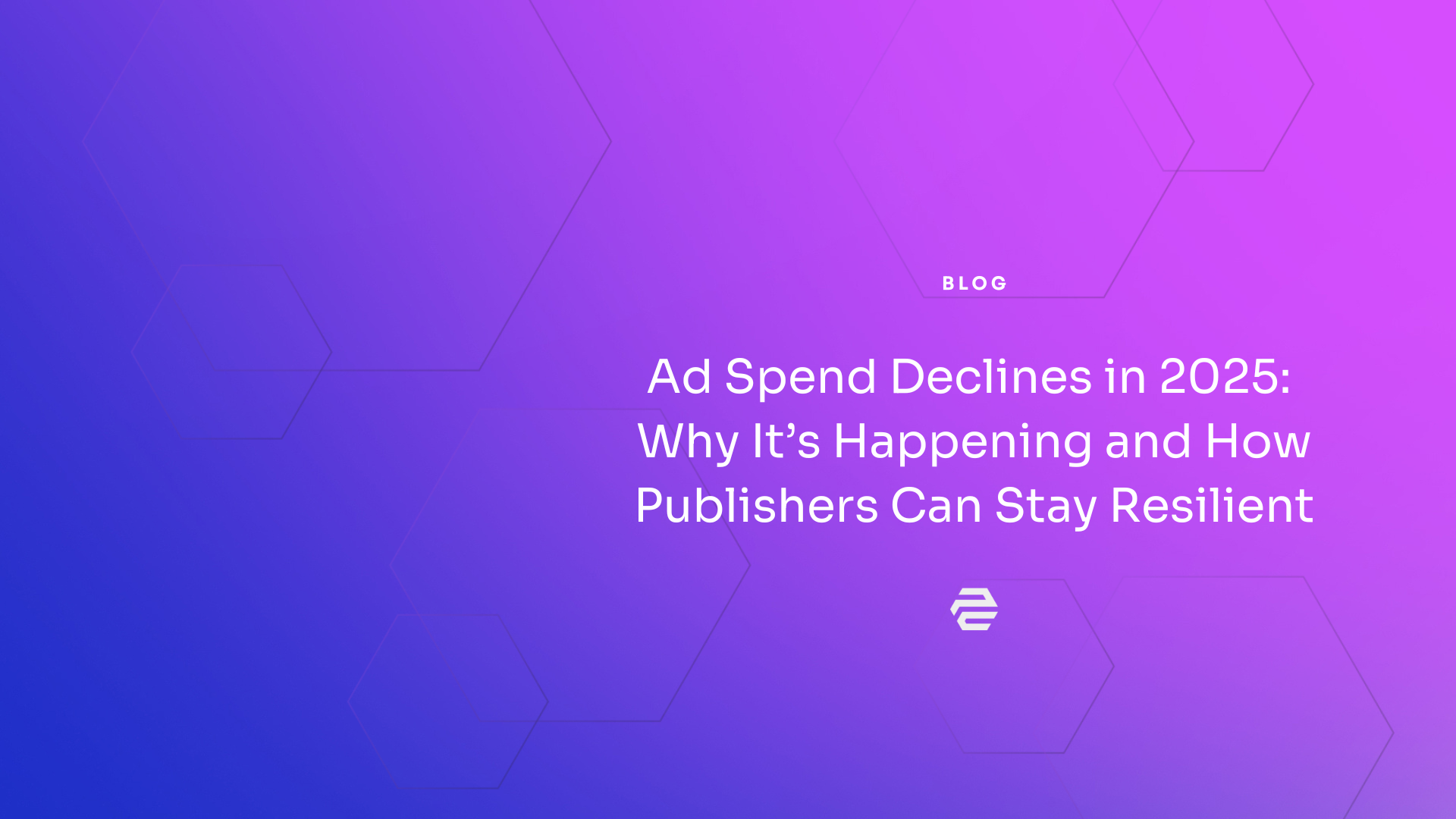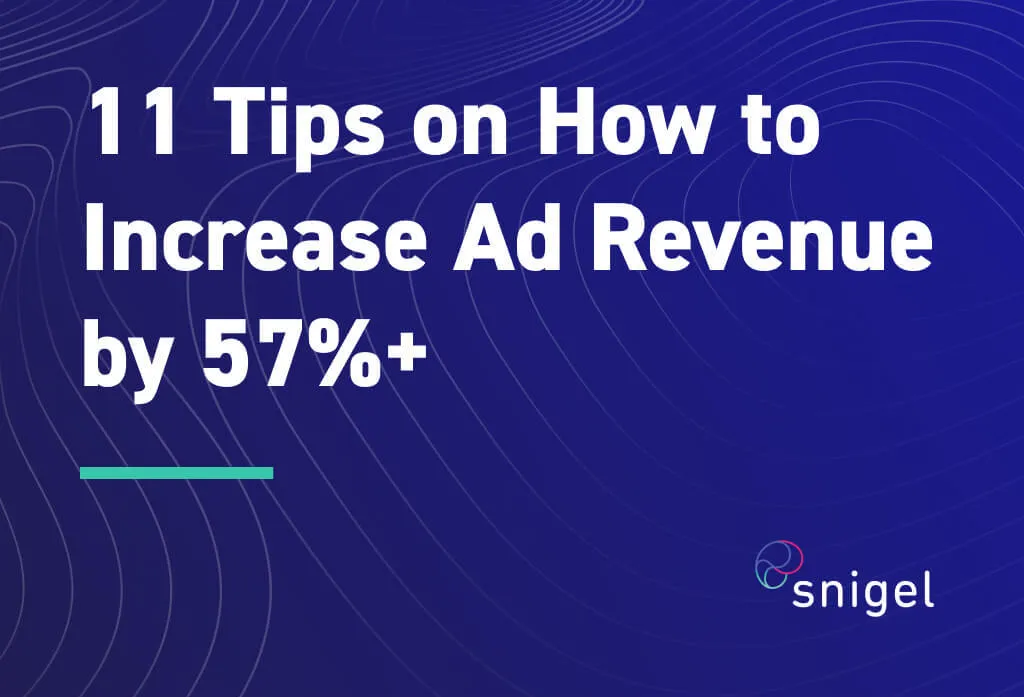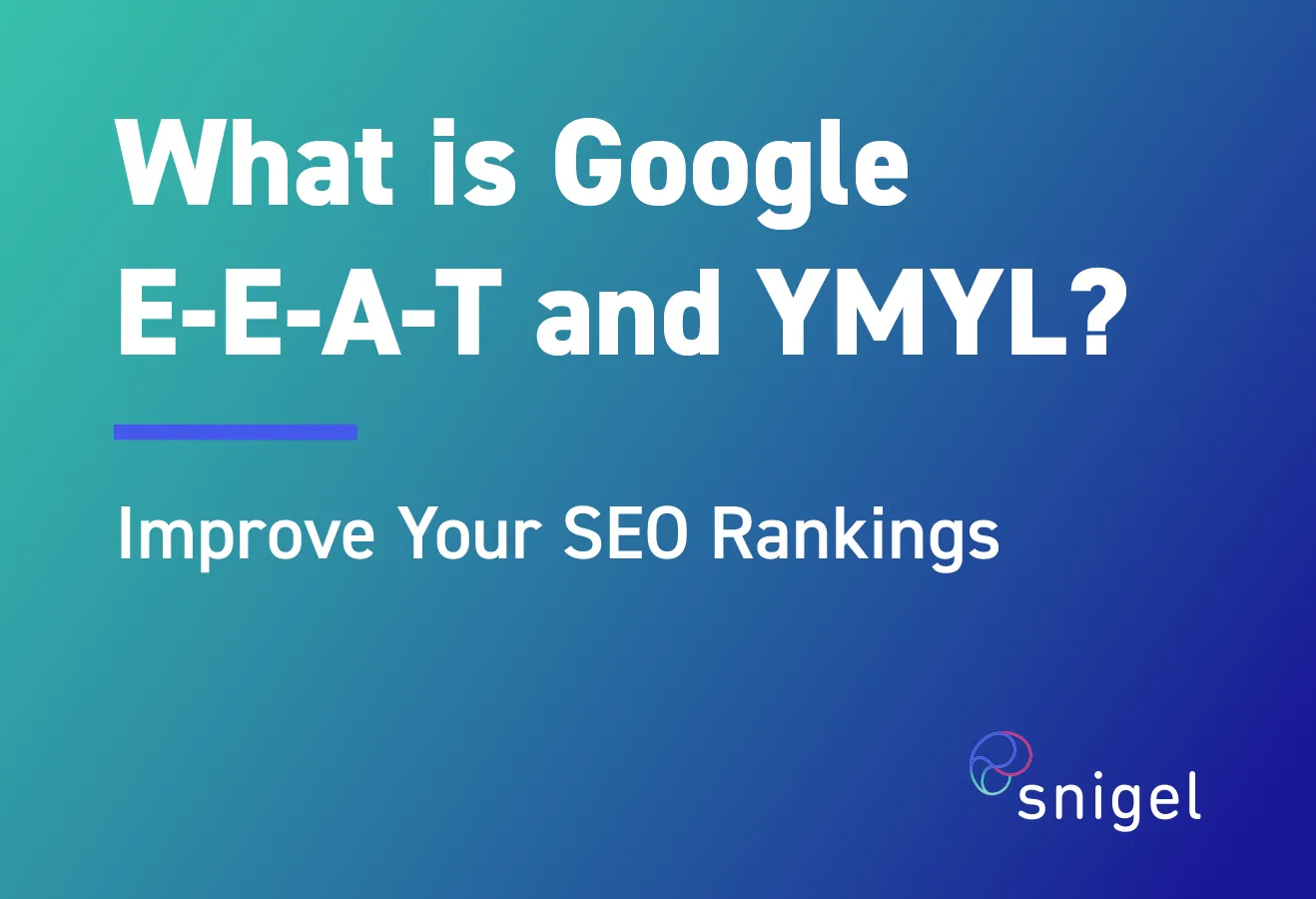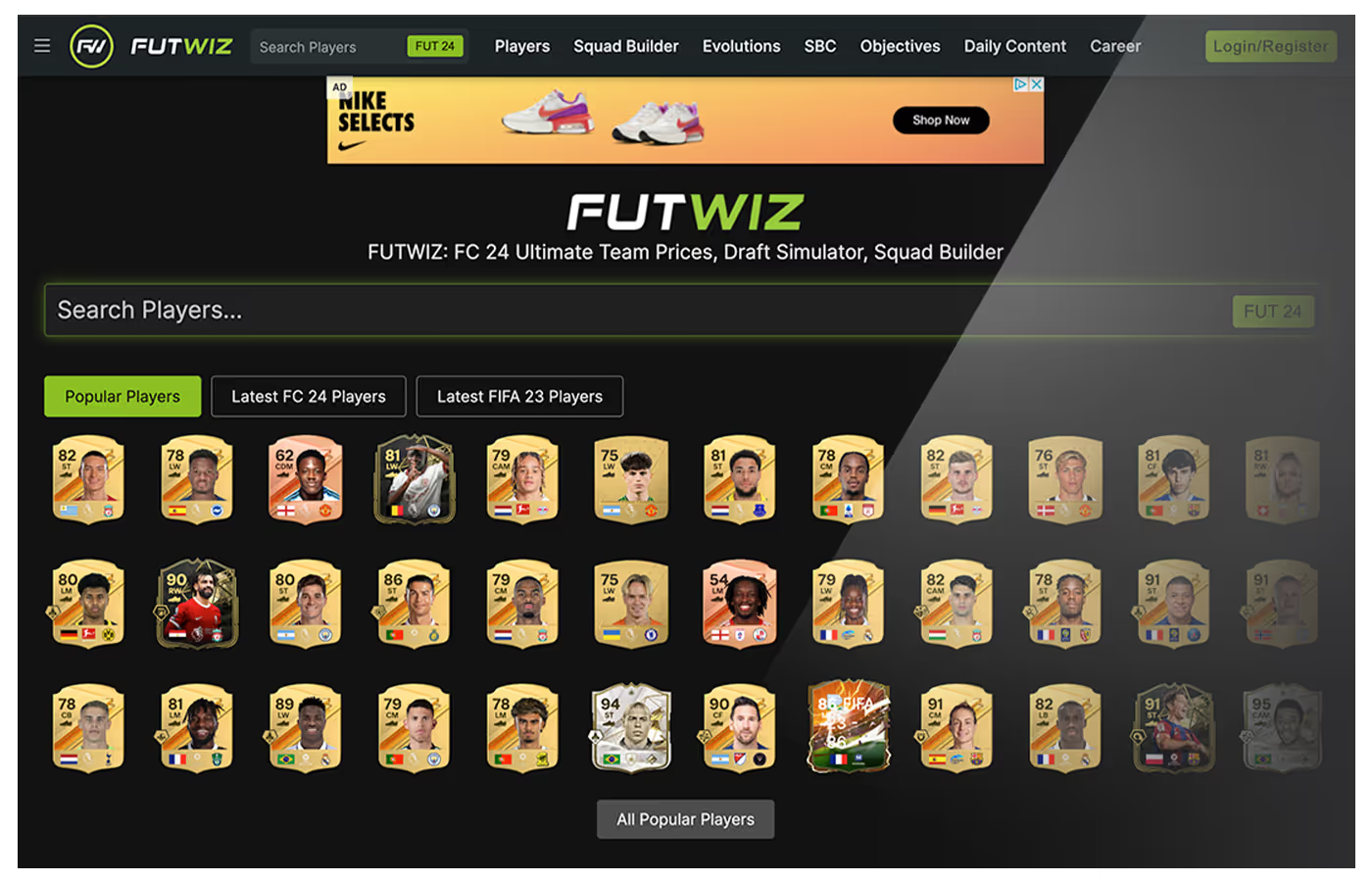DSP vs SSP: What Publishers Need to Know

Ever wondered why two advertisers can bid completely different prices for the same ad space on your site? Or why some ads seem to win even when the CPM isn’t the highest? The answer often comes down to how different parts of the programmatic ecosystem work together behind the scenes.Two of the most important components in that system are demand-side platforms (DSPs) and supply-side platforms (SSPs). One is built to help advertisers place bids for ad space, the other is designed to help publishers sell it. But they don’t just handle transactions. They influence what ads appear on your site, how much you earn, and how much control you actually have over the process.In this guide, we’ll unpack the difference between demand-side platforms and supply-side platforms in a way that makes sense for publishers. You’ll learn how they shape your monetization strategy, where ad exchanges and data platforms fit into the picture, and what to watch out for if your current setup isn’t performing as well as it should.
What’s the Difference Between a DSP vs SSP?
At a high level, the difference comes down to who each platform is built for.
- A demand-side platform (DSP) is used by advertisers and media buyers to purchase ad impressions across many websites, apps, and platforms. It helps them find the right users, place bids in real time, and optimize campaigns based on performance.
- A supply-side platform (SSP) is used by publishers to manage, sell, and optimize their available ad inventory. It connects to multiple DSPs, runs auctions, and helps publishers get the best possible price for each impression.
These platforms don’t work in isolation. They connect through ad exchanges and header bidding wrappers, often trading hundreds of bids in milliseconds before a single ad appears on your site.Here’s a quick comparison to help put them side by side:DSP (Demand-Side Platform)SSP (Supply-Side Platform)Used byAdvertisers and media buyersPublishers and website owners
DSP (Demand-Side Platform)
- Used by: Advertisers and media buyers
- Main goal: Buy the right impressions at the best price
- Works with: Ad exchanges, data platforms, bidding tools
- Optimizes for: Performance, targeting, cost-efficiency
SSP (Supply-Side Platform)
- Used by: Publishers and website owners
- Main goal: Sell ad inventory at the highest possible price
- Works with: Ad servers, header bidding, multiple DSPs
How SSPs Work for Publishers
As publishers, the supply-side platform is often the part of the ad tech stack you’ll deal with most. It’s responsible for helping you sell your digital ad inventory in a way that increases revenue and gives you more control over what shows up on your site.The SSP takes your available ad slots and connects them to multiple demand sources. It runs real-time auctions by reaching out to ad exchanges, DSPs, and header bidding wrappers, aiming to attract the highest possible bid for each impression.Beyond simply selling inventory, a well-configured SSP setup also helps with:
- Setting auction rules that boost yield
- Filtering out low-quality or unwanted ads
- Supporting different ad formats like video, native, and rich media
- Staying compliant with data privacy rules through CMP integrations
If you use header bidding, the SSP becomes even more important. Instead of relying on a single source of demand, your site connects to multiple SSPs competing in parallel. This improves transparency and gives you access to more bidders, which can raise your average CPM.
How DSPs Affect What Publishers See
You might not work directly with a demand-side platform, but its behavior still has a major impact on your ad performance. DSPs decide which impressions to bid on, how much to bid, and which creative gets served. That means they’re shaping the quality, relevance, and value of the ads that appear on your site.Even with a strong SSP setup, you’re still relying on DSPs to bring demand. Their bidding strategies are influenced by factors like:
- Audience targeting data
- Campaign goals
- Frequency caps
- Brand safety requirements
- Viewability or engagement metrics
All of this determines whether an ad buyer sees your inventory as a good match, and how aggressively they’re willing to bid.DSPs can also influence the variety of creatives you see. Some may prefer static banners, others lean heavily into video or native ad formats. If you notice certain types of ads dominating your site, it may be due to the buying patterns of a few large DSPs.Finally, DSPs can play a role in ad quality. While your SSP may filter out unwanted or suspicious creatives, DSPs are where many of those creatives originate. If you’re dealing with performance issues or bad ads slipping through, it could be tied to how certain DSPs are prioritizing volume over quality.
DSP vs SSP vs Ad Exchange: How It All Connects
So far, we’ve looked at DSPs and SSPs on their own. But most programmatic auctions don’t happen in a straight line between just two platforms. Ad exchanges act as the central marketplace where these two platforms meet.Here’s how it typically works:
- A user lands on your site and an ad slot becomes available.
- Your SSP sends that impression to an ad exchange.
- The ad exchange routes the request to multiple DSPs.
- Each DSP decides whether to bid, how much, and which creative to use.
- The winning bid is returned to the SSP, and the ad is served.
In some setups, the SSP and ad exchange are part of the same platform. In others, they’re separate. Either way, the ad exchange plays a key role in connecting the buy and sell sides and handling the auction mechanics.For publishers, the key takeaway is that these components work together. Your SSP determines who gets access to your inventory, and the DSPs decide what to bid and what ads to serve. The ad exchange sits in the middle, facilitating that conversation.If you want a deeper dive into how ad exchanges work, we’ve got a full breakdown here.
What About DMPs?
DMPs, or data management platforms, are sometimes mentioned alongside DSPs and SSPs, but they serve a different purpose. Rather than handling auctions or serving ads, a DMP collects and organizes audience data. Advertisers and publishers can use this data to create audience segments and improve targeting.That said, DMPs are less central to most publisher setups today. With growing privacy regulations and the shift toward first-party data, many publishers now rely on their own data tools or customer data platforms (CDPs) instead.If you’re not using a DMP, you’re not behind. For most publishers, the bigger impact still comes from how well your SSP and demand sources are configured.
DSP vs SSP: Which Should You Care About More as a Publisher?
In most cases, the SSP is where your focus should be. It’s the platform that connects your site to demand, manages your auctions, and influences the mix of ads you serve. If your SSP isn’t doing a good job, whether that's because of limited demand, poor ad quality, or low competition, it’s going to affect your revenue.That said, understanding how DSPs operate can help you spot issues in your setup. For example, if certain creatives keep appearing or if high-quality advertisers rarely show up, it might mean your SSP isn’t connected to the right DSPs or exchanges. It can also help explain inconsistent CPMs or a drop in ad fill rate.You don’t need to become an expert in every part of the programmatic stack, but you do need a setup that works in your favor. That’s where the right partner can make a real difference. At Publisher Collective, we keep a close eye on both SSP and DSP performance to make sure your monetization is always running at its best.If you're not sure how your current setup stacks up, get in touch and we're happy to take a look.
FAQ: DSP vs SSP
Is Google Ads a DSP or SSP? Google Ads functions as a DSP. It allows advertisers to bid on inventory across the web. On the publisher side, Google Ad Manager (GAM) acts as an SSP and ad server.Is The Trade Desk a DSP or SSP? The Trade Desk is a DSP. Advertisers use it to buy ad space across multiple sites and platforms through real-time bidding.Is GAM a DSP or SSP? Google Ad Manager is primarily used as an SSP by publishers. It connects inventory to multiple demand sources and handles ad delivery and auction logic.What is an SSP vs a DSP? A DSP helps advertisers buy ad space, while an SSP helps publishers sell it. Both platforms are essential to the programmatic ecosystem, but they serve opposite sides of the transaction.
Book a call with an expert
We pride ourselves on creating meaningful relationships with our publishers, understanding their priorities and customizing our solutions to meet their unique needs.








